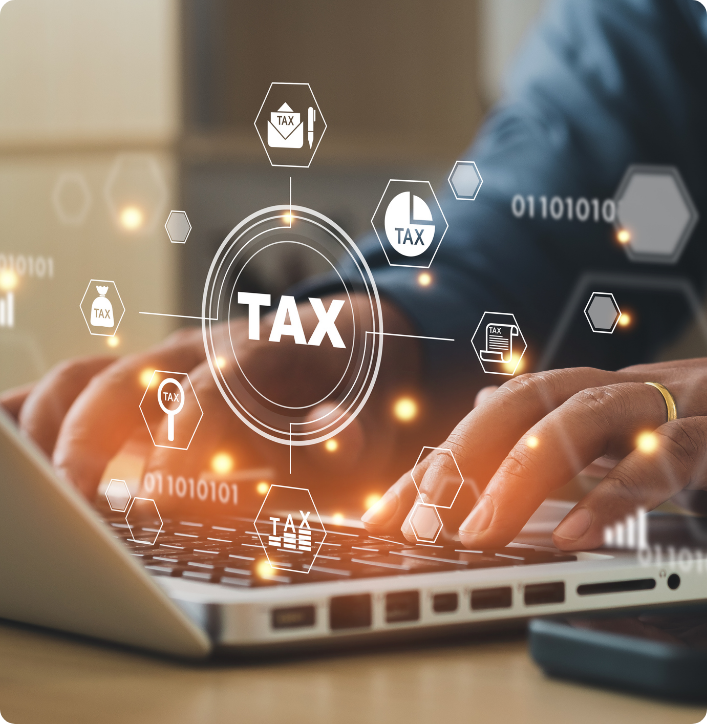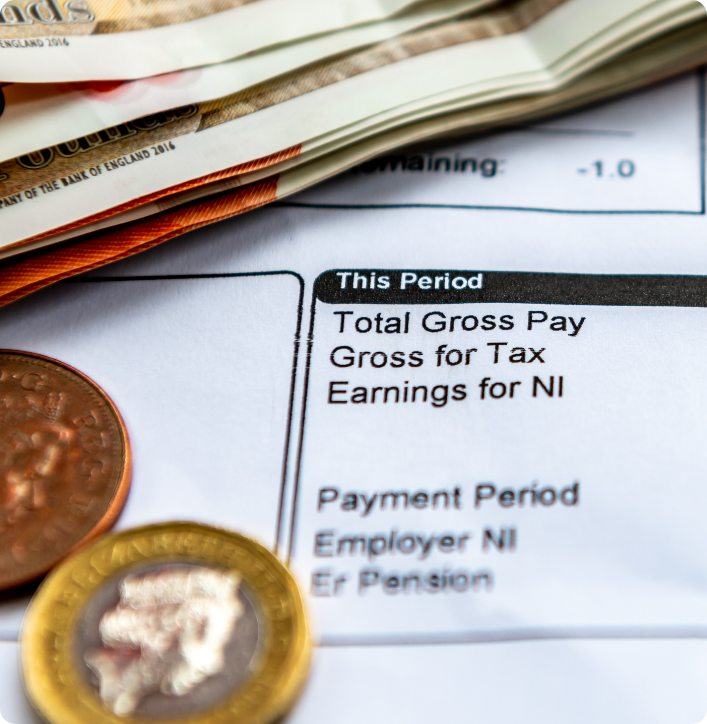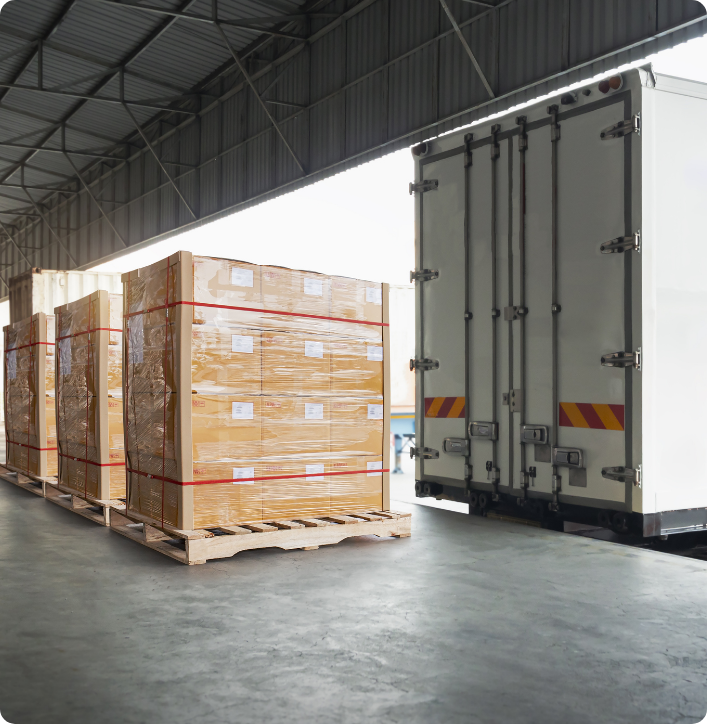No matter what type of business you own we can help you stay organised

HMRC CT600 & VAT MTD recognised

Companies House recognised

FCA recognised

Work smarter with your accounts
Whether you are self-employed, a sole proprietor or in a partnership, accounting software is a necessity. As a sole trader, you need to sell services/products, and also handle marketing and manage financial accounts, record expenses and track income and time.
Accounting software makes it easier to stay on top of revenue, expenses, cash flow, and tax and more. Therefore, you spend less time at doing admin and more time making money.

Get paid faster
You can create invoices and track outstanding money with a few clicks.
Set up recurring invoices.
Receive online payments using payment gateway.
Track accounts receivables and get late payment reminders.

Effortlessly manage tax
Calculate VAT and get instant estimate of income tax owed to HMRC. Ayiza software will help you prepare your tax returns/ self assessment.

Stay compliant with smart payroll
Highly flexible and truly reliable payroll platform that makes managing your payroll less daunting.

Optimise your inventory
If you sell products, you will need an application that offers inventory management. Increase visibility and free up your capital.
Centralise and automate your inventory system.
Track inventory, supplies, materials, and more.
Get powerful insights with real-time inventory reporting.

Any time insights into your data
All of the critical reports are available at your fingertips so that you can get a better understanding of your financial health.

Frequently asked questions
A sole trader, also known as a proprietorship, is a type of business structure where an individual operates and owns a business on their own. It is the simplest form of business organization and is quite common for small-scale enterprises. In a sole trader or proprietorship, there is no legal distinction between the owner and the business itself. The owner retains full control over all aspects of the business and is personally responsible for its debts, liabilities, and legal obligations. This means that the owner's personal assets are at risk in the event of business losses or legal claims against the business.
Key features of a sole trader or proprietorship include:
- Ownership: The business is owned and controlled by a single individual. There is no separation between the owner and the business entity.
- Liability: The owner has unlimited liability, which means they are personally liable for all debts and obligations of the business. This includes using personal assets to cover business losses or legal claims.
- Decision-making: The owner has complete autonomy and control over all decisions related to the business. They are solely responsible for its operations, strategies, and management.
- Profit and loss: The owner retains all profits generated by the business but also bears the burden of any losses incurred.
- Taxes: The owner is responsible for reporting business income and expenses on their personal tax return. The business itself is not taxed separately.
- Legal status: A sole trader does not have a separate legal status from the owner. It is not considered a separate legal entity like a corporation or a limited liability company.
- Business continuity: The business's continuity is dependent on the owner. If the owner decides to retire, sell the business, or becomes incapacitated, the sole trader ceases to exist.
Sole traders are often suitable for small businesses with limited resources, low risks, and a single owner who wants complete control over the business operations. However, it's important to consider the potential personal liability and lack of separation between personal and business assets when choosing this business structure. Consulting with a legal or financial professional can provide further guidance based on specific circumstances and local regulations.
Double-entry accounting is a bookkeeping method that records financial transactions by making two entries for every transaction: a debit and a corresponding credit. It follows the fundamental principle that every financial transaction has an equal and opposite effect on at least two accounts. In double-entry accounting, each transaction is recorded in at least two different accounts. The debit entry represents the inflow or increase in one account, while the credit entry represents the outflow or decrease in another account. This ensures that the accounting equation (Assets = Liabilities + Equity) remains in balance. UK businesses, like businesses around the world, use double-entry accounting for several reasons:
- Accuracy: Double-entry accounting provides a robust and reliable system to ensure the accuracy of financial records. By recording both the debit and credit entries for each transaction, it minimizes the chances of errors or omissions. The balance between debits and credits serves as a built-in error-checking mechanism.
- Completeness: Double-entry accounting captures the full impact of financial transactions on a business. It records not only the immediate effects but also the subsequent effects on different accounts. This comprehensive approach helps in providing a holistic view of a business's financial position.
- Financial Statements: Double-entry accounting is essential for preparing accurate financial statements, such as the balance sheet, income statement, and cash flow statement. These statements are crucial for assessing a business's financial performance, profitability, liquidity, and overall health. The double-entry system ensures that all transactions are appropriately classified and reflected in the financial statements.
- Audit and Compliance: Double-entry accounting facilitates auditing processes and compliance with financial regulations. The detailed records and clear audit trails enable businesses to demonstrate transparency, accountability, and compliance with accounting standards, tax laws, and regulatory requirements.
- Decision Making: Accurate and reliable financial information derived from double-entry accounting helps businesses make informed decisions. The availability of comprehensive and up-to-date financial data allows managers and stakeholders to assess the financial impact of various options, evaluate profitability, identify areas for improvement, and plan for the future.
- Business Analysis: Double-entry accounting enables businesses to analyze and interpret their financial performance. By comparing different accounts, calculating ratios, and conducting financial analysis, businesses can gain insights into their revenue, expenses, assets, liabilities, and equity. This information aids in evaluating growth opportunities, identifying trends, and making strategic business decisions.
Overall, double-entry accounting is a standardized and widely accepted method that ensures accuracy, completeness, compliance, and provides valuable financial information for UK businesses. It helps them maintain organized and transparent financial records, make informed decisions, and meet their legal and regulatory obligations
A sole trader in the UK, you are responsible for paying several taxes. Here are the main taxes applicable to sole traders:
-
Income Tax: As a sole trader, you must pay income tax on the profits you make from your business. The profits are calculated by deducting your allowable business expenses from your total income. The income tax rates for the tax year 2022/2023 are as follows:
- Personal Allowance: The first ₤12,570 of your income is tax-free.
- Basic Rate: Income between ₤12,571 and ₤50,270 is taxed at a rate of 20%.
- Higher Rate: Income between ₤50,271 and ₤150,000 is taxed at a rate of 40%.
- Additional Rate: Income above ₤150,000 is taxed at a rate of 45%.
-
National Insurance Contributions (NICs): Sole traders are required to pay both Class 2 and Class 4 National Insurance contributions.
- Class 2 NICs: For the tax year 2022/2023, the Class 2 NICs are ₤3.05 per week if your profits are ₤6,515 or more per year. However, you may be eligible for an exemption if your profits are below the Small Profits Threshold (₤6,515).
- Class 4 NICs: You pay Class 4 NICs on your profits above the Small Profits Threshold. For the tax year 2022/2023, the Class 4 NICs are 9% on profits between ₤9,568 and ₤50,270, and 2% on profits above ₤50,270.
-
Value Added Tax (VAT): If your business turnover exceeds the VAT registration threshold (currently ₤85,000 per year), you must register for VAT and charge VAT on your sales. You will need to file regular VAT returns and pay any VAT due to HM Revenue & Customs (HMRC).
-
Other Taxes: Depending on your specific circumstances, you may also be liable for other taxes, such as Capital Gains Tax (CGT) if you sell business assets, or Stamp Duty Land Tax (SDLT) if you buy property.
It is important to note that tax regulations can change over time, so it's always recommended to consult with a qualified accountant or tax advisor to ensure you meet all your tax obligations as a sole trader in the UK.
Making Tax Digital (MTD) is an initiative introduced by HM Revenue and Customs (HMRC) in the UK to modernize the tax system and make it more efficient. While MTD affects various types of businesses, including limited companies, partnerships, and sole traders, the impact on sole traders can be significant. Here's how MTD may affect sole traders in the UK:
- Digital Record-Keeping: Under MTD, sole traders are required to maintain digital records of their business income and expenses. This means using compatible accounting software or digital tools to record and store financial transactions. Manual record-keeping methods, such as paper-based records or spreadsheets, are no longer compliant with the new regulations.
- Quarterly Reporting: Sole traders need to submit quarterly updates to HMRC using compatible accounting software. These updates include details of income, expenses, and tax calculations. The quarterly reporting replaces the annual tax return, and it aims to provide a more accurate and up-to-date view of a business's tax position throughout the year.
- Deadlines and Penalties: Sole traders must ensure they meet the deadlines for submitting quarterly updates and making tax payments. Failure to comply with the MTD requirements may result in penalties imposed by HMRC. It's crucial for sole traders to stay organized and keep track of their obligations to avoid any penalties.
- Bridging Software: If sole traders use spreadsheets for their record-keeping, they are required to use bridging software to connect their spreadsheets with HMRC's systems. Bridging software acts as a digital bridge between the existing spreadsheet-based records and HMRC's digital requirements.
- Improved Accuracy and Efficiency: MTD aims to reduce errors and improve accuracy in tax reporting. By using digital record-keeping and submitting quarterly updates, sole traders have an opportunity to spot any mistakes or discrepancies early on and make corrections promptly. The digital approach also streamlines the tax process and reduces the administrative burden.
- Benefits of Digital Tools: Although the transition to digital record-keeping and reporting may require an initial investment in accounting software or digital tools, sole traders can benefit from improved financial management. Digital tools often provide features like automated calculations, real-time financial insights, and simplified expense tracking, making it easier for sole traders to monitor their business finances.
It's worth noting that the specific requirements and implications of MTD for sole traders may evolve over time, and it's essential to consult official HMRC guidelines or seek professional advice to ensure compliance with the latest regulations.
Ayiza can generate your self-assessment numbers across several income sources from business income and non-business income to help you complete your annual self-assessment return with HMRC. These can be from one or more bank accounts manually or using our digital automatic bank feeds.
Based on research, 73% of all contractors and freelancers (like other businesses) want the simplicity of digital accounting and compliance for HMRC for VAT, payroll, income tax and bank reconciliation.
Key benefits include:
- Simplicity: Easy to use software without any need to know how accounting and double entry works. Ayiza will generate your accounting using our artificial intelligence suite.
- All in One Place: Ayiza is the only software that has accounting, digital banking, VAT, payroll and taxation in the same software. No third party connections required.
- Value: For owner managed businesses, self-service allows you to reduce your accounting and compliance cost for HMRC. Most of our customers can just run with a basic package and save accounting fees of up to 80% based on data from our existing customers.
- Get Invoices Paid: Send digitial invoices to your customers and get paid direct to you bank account or use payment cards with STRIPE.
- Automation: Ayiza automates your business transactions from banking, payments, taxes and generation of your reports real time. No need to how systems work. Our cloud based secure systems keeps your data safe too. You focus on your business, and we make the system work for you.
- Reporting: Modern dashboards, reports for HMRC, management accounts, customer and supplier aging and many more reports all out of the box.
- Talk to Us: Want support from real people. Just get in touch and we will respond to help you.
Simple, easy, secure, automated and a human to talk to.
Administration typically includes your bookkeeping, filing with government for taxes, keeping track of your bank transactions, making sure you are getting paid etc. With Ayiza cloud software, automation is better than outsourcing your administration. Ayiza offers a diary software that keeps track of your important tasks. This will help you reduce your payroll, streamline efficiency, and reduce errors.